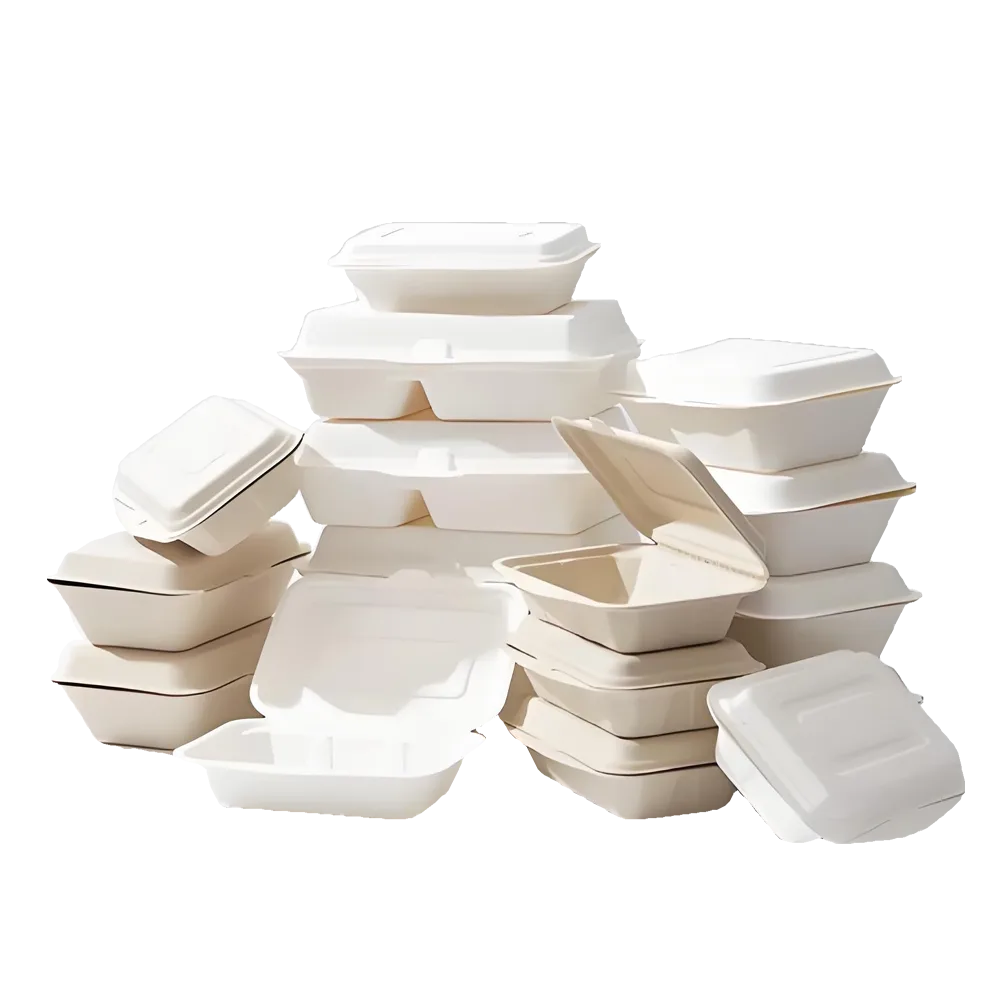The Packaging Debate: Plastic vs. Paper vs. Biodegradable
Introduction
In today’s world, packaging is more than just a way to transport goods; it represents environmental responsibility, economic feasibility, and consumer choice. Businesses and policymakers are constantly debating which packaging material—plastic, paper, or biodegradable—is the best solution for sustainability. Each option has distinct pros and cons, influencing everything from waste management to carbon footprints. This article explores the realities behind these packaging types, backed by scientific research and expert opinions.
The Strengths and Weaknesses of Plastic Packaging
Why Plastic is Still Dominant
Lightweight and Cost-Effective – Plastic is incredibly cheap to produce, transport, and store. According to McKinsey & Company, plastic packaging can reduce total logistics costs by 25% compared to heavier alternatives.
Preserving Products Longer – Studies from the Food and Agriculture Organization (FAO) indicate that plastic packaging can extend the shelf life of perishable foods by up to 40%, minimizing food waste.
Versatile and Durable – It provides excellent protection against moisture, contamination, and breakage, making it the go-to material for global supply chains.
The Environmental Cost of Plastic
Persistent Pollution – National Geographic estimates that 91% of plastic waste is never recycled, leading to land and ocean pollution.
Microplastic Concerns – Research published in Environmental Science & Technology highlights how microplastics infiltrate drinking water and food sources, with potential health implications.
Fossil Fuel Dependence – The plastic industry heavily relies on petroleum, contributing to greenhouse gas emissions.
Paper Packaging: A Sustainable Alternative?
Advantages of Paper Packaging
Renewable and Biodegradable – Unlike plastic, paper decomposes naturally, making it a more environmentally friendly option.
High Recycling Rates – According to the U.S. EPA, approximately 66% of paper packaging is recycled annually, significantly reducing landfill waste.
Lower Toxicity – Paper packaging does not leach harmful chemicals, unlike some plastic variants.
The Hidden Costs of Paper Packaging
Deforestation and Water Use – The World Wildlife Fund (WWF) warns that large-scale paper production contributes to deforestation and requires significant water resources.
Energy-Intensive Production – A lifecycle assessment by MIT found that producing paper bags requires four times more energy than plastic bags.
Lower Durability – Paper is susceptible to moisture and tearing, making it less effective for certain applications.
Biodegradable Packaging: The Future or a Gimmick?
Promising Aspects
Eco-Friendly Breakdown – European Bioplastics reports that biodegradable packaging decomposes within months under the right conditions, reducing long-term waste.
Derived from Renewable Sources – Many biodegradable materials come from cornstarch, sugarcane, and algae, which have lower carbon footprints compared to fossil fuel-based plastics.
Consumer Demand – A Nielsen Global Survey found that 73% of consumers prefer sustainable packaging, making biodegradable options a key market differentiator.
Challenges Facing Biodegradable Packaging
High Production Costs – Compared to conventional plastic, biodegradable packaging remains expensive to produce at scale.
Composting Infrastructure Gaps – Many "biodegradable" materials require industrial composting facilities, which are not widely available.
Shorter Shelf Life – Some biodegradable packaging degrades too quickly, limiting its usability in long-term storage and shipping.
Key Industry Trends and Innovations
As environmental regulations tighten, major companies are shifting towards sustainable packaging. The European Union’s Single-Use Plastics Directive aims to phase out non-recyclable plastics, while corporations like Unilever, Nestlé, and PepsiCo have pledged to make their packaging fully recyclable or compostable by 2030. Meanwhile, startups like Notpla are developing bagasse food container packaging that dissolves naturally in water.
Scientific advancements are also reshaping the landscape. Researchers at Harvard University are experimenting with edible packaging, while engineers at MIT are working on biodegradable plastics that offer the same durability as traditional plastic but with improved decomposition rates.
Conclusion: Which Packaging is Best?
There is no universally "best" packaging material—each has trade-offs. Plastic is cost-effective and highly durable but environmentally harmful. Paper is biodegradable but resource-intensive. Biodegradable packaging is promising yet still has economic and infrastructure challenges.
The future of packaging lies in innovation and balanced use. Companies and policymakers must invest in improved recycling systems, next-generation materials, and policies that encourage sustainable production. The transition to sustainable biodegradable food packaging is inevitable—businesses that act now will lead the way in a changing global market.
Final Thought
The question is no longer about whether we should move away from plastic, but rather how quickly we can scale sustainable alternatives while maintaining economic and functional viability.



Comments